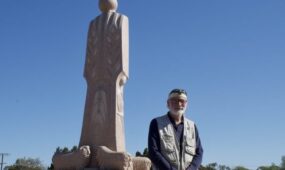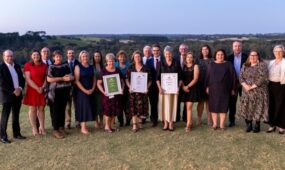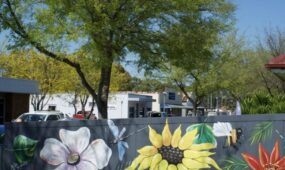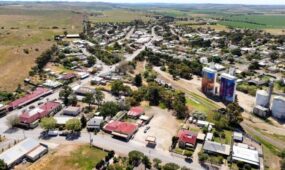Conservation heavyweights lock in protection for outback fossil site
Regional
A $1 billion nature fund has been used to buy a vast tract of outback South Australia containing the oldest animal fossils on Earth.

Sign up to receive notifications about new stories in this category.
Thank you for subscribing to story notifications.
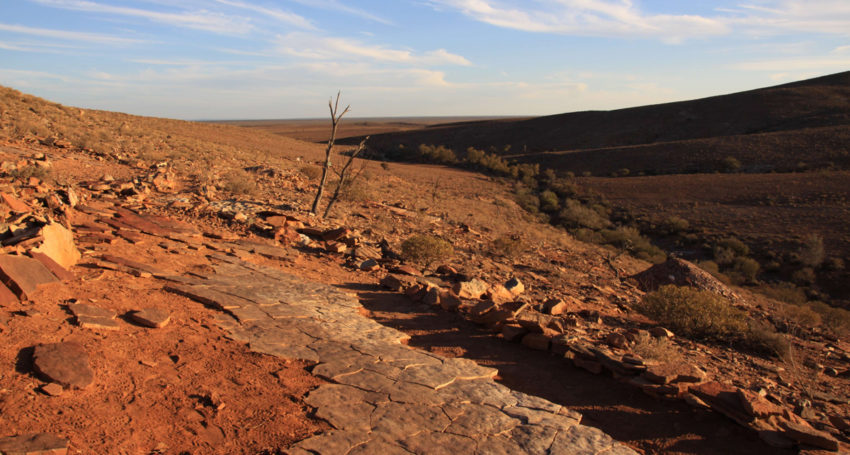
The 60,000-hectare (150,000 acre) Nilpena West property is 600km north of the South Australian capital Adelaide and was previously part of Nilpena Pastoral Station. The property includes the Ediacara Fossil Site – Nilpena – which is listed on Australia’s National Heritage List.
Global non-profit The Nature Conservancy sourced funding from an anonymous donor in October to allow the purchase and protection to go ahead after the South Australian Government announced in March 2019 it had reached an agreement with the land’s owners to buy the site.
The acquisition abuts the Ediacara Conservation Park and will increase the size of the protected area ten-fold.
The sale has now been finalised with The Nature Conservancy announcing this week that funding from the Wyss Campaign for Nature – the once anonymous donor – had helped secure the deal.
The Wyss Campaign for Nature was launched in 2018 by Hansjörg Wyss – founder and chairman of the Wyss Foundation – with a $US1 billion, 10-year philanthropic commitment to protect at least 30 per cent of the planet’s lands and oceans by 2030.
Hansjörg Wyss is a Swiss-born American entrepreneur who made his fortune in 2012 following the sale of the medical device company he founded, Synthes, to Johnson & Johnson for $20.2 billion.
The Wyss Campaign for Nature also partnered with The Nature Conservancy last year to help establish the Thaidene Nene National Park Reserve and Territorial Protected Area in Northwest Canada.
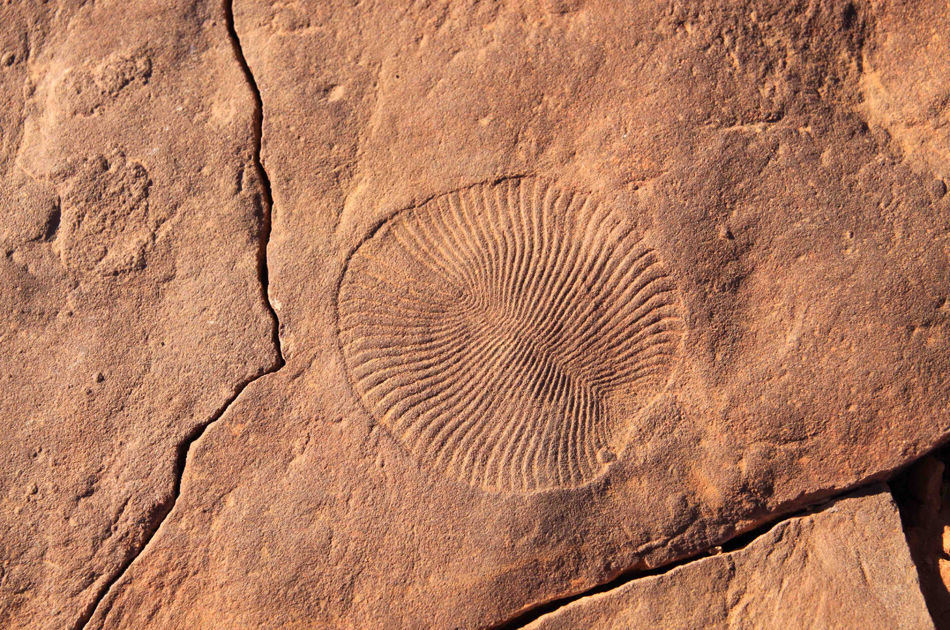
Picture: Jason Irving.
The South Australian property is now permanently protected and managed for conservation by the South Australian Government. It will be added to the Ediacara Conservation Park later this year.
The first fossil imprints were found in the area in 1946. Since then, paleontologists have been able to excavate a series of 40 fossiliferous beds that preserve snapshots of the seafloor as animal life first unfolded around 550 million years ago. There is no other place on the Earth where this has occurred for fossils of any age.
What is even more extraordinary is that the Nilpena fossil beds preserve marine communities with scores of species. They include evidence of the Earth’s first animals, and the earliest movement and sexual reproduction. NASA has funded research at the site to learn how life could evolve on other planets.
The Nature Conservancy’s Australian Director of Conservation Dr James Fitzsimons said the protection of the 60,000ha former pastoral property was a huge win for conservation in South Australia.
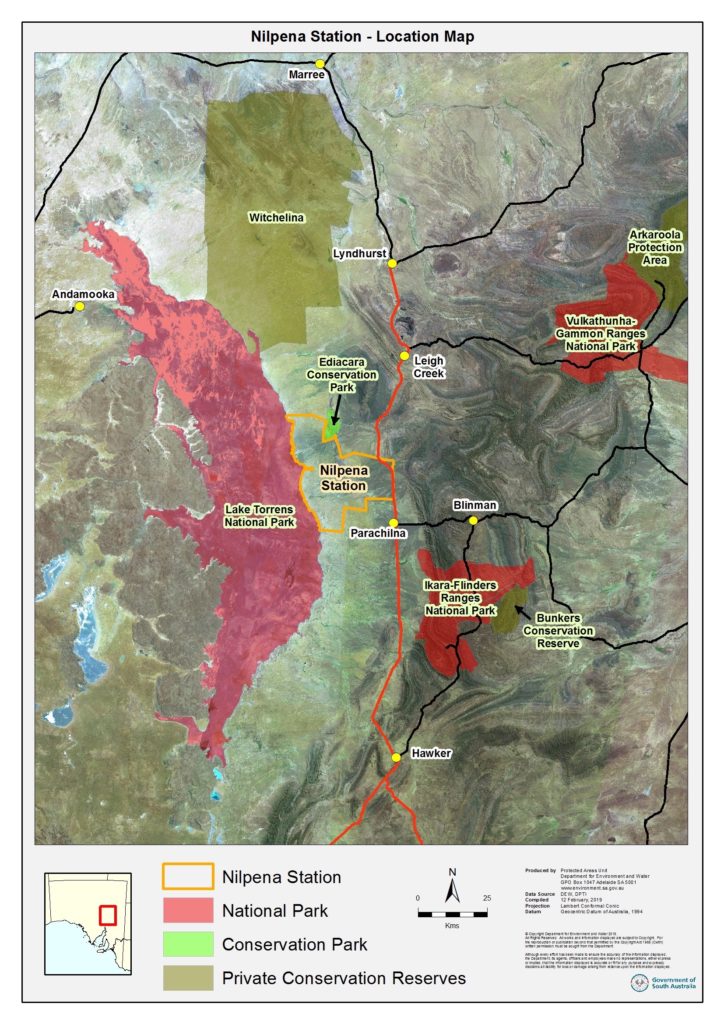
“The property contains significant biodiversity values including two threatened ecological communities and a number of threatened species. Most critically, the property also covers extremely important sites that contain the oldest fossilised animals on Earth,” he said.
Shearers’ quarters, a blacksmith’s shop and a woolshed on the property will be developed as research and visitor facilities, and an immersive interpretive centre.
The site is on the edge of the 540 million-year-old Flinders Ranges, one of the oldest landscapes on earth.
South Australian Environment and Water Minister David Speirs said Nilpena West would soon be added to the South Australian public protected area estate and managed by the Department for Environment and Water.
“Its inclusion in the conservation estate will link the Ediacara Conservation Park to the Lake Torrens National Park and will support our nomination for the listing of areas of the Flinders Ranges as a World Heritage Site,” he said.
Jump to next article

